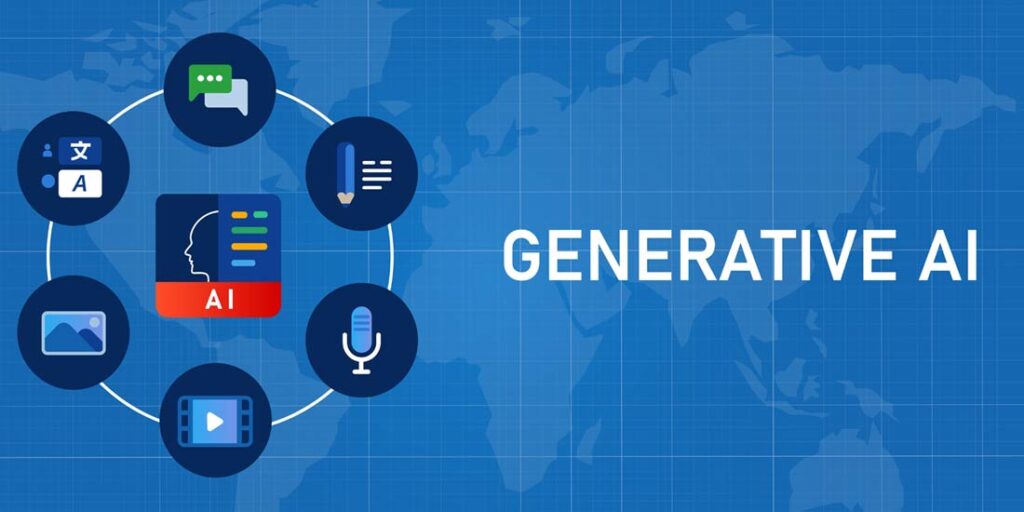
The Rise of Generative AI: Unlocking the Power of Human-Like CreationThe Rise of Generative AI: Unlocking the Power of Human-Like Creation In the realm of artificial intelligence, generative AI has emerged as a transformative force, empowering machines with the unprecedented ability to produce human-like text, images, and other creative works. This groundbreaking technology has the potential to revolutionize industries, foster new forms of artistic expression, and redefine the boundaries of human-machine collaboration. What is Generative AI? Generative AI refers to algorithms that can create original content based on input data. These algorithms leverage deep learning techniques to analyze vast datasets, identifying patterns and structures. Using these learned patterns, they can generate novel content that mimics human-produced artifacts. Applications of Generative AI The applications of generative AI are vast and far-reaching. Here are a few key examples: * Text Generation: Generative AI can produce compelling and coherent natural language text, including news articles, stories, and marketing copy. * Image Generation: Algorithms can create realistic and diverse images from scratch, ranging from photorealistic portraits to abstract landscapes. * Audio Generation: Generative AI can generate music, sound effects, and even human-like speech. * Art and Design: Algorithms can create unique works of art, designs, and virtual environments that blur the lines between human and machine creation. Unlocking Creativity Generative AI has the power to unlock new avenues of creativity for both humans and AI systems. Artists and designers can use generative AI as a tool to explore new ideas, generate inspiration, and enhance their workflows. By collaborating with generative AI, humans can tap into the machine’s ability to produce vast quantities of content and experiment with different creative possibilities. Augmenting Human Capabilities Generative AI can augment human capabilities by performing tasks that are time-consuming, repetitive, or beyond the scope of human expertise. In industries such as marketing, media, and healthcare, generative AI can automate the creation of customized content, improve diagnosis accuracy, and accelerate drug discovery. Challenges and Considerations While generative AI holds immense potential, it also presents challenges and ethical considerations. Concerns include: * Deepfakes and Misinformation: Generative AI can be used to create highly realistic fake content, which can have negative consequences for trust and information credibility. * Bias and Discrimination: Algorithmic biases can perpetuate existing societal biases in the content generated, leading to unfair or harmful outcomes. * Intellectual Property Rights: The ownership and rights to content created by generative AI can be complex, particularly when it incorporates elements from copyrighted sources. Conclusion The rise of generative AI has ushered in an era of transformative possibilities. By unlocking the power of human-like creation, generative AI has the potential to revolutionize industries, empower creators, and redefine the relationship between humans and machines. However, it is crucial to address the challenges associated with this emerging technology and ensure its responsible development and deployment to maximize its benefits while mitigating potential risks.
Posted inNews